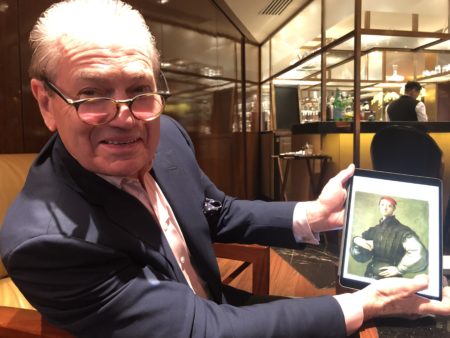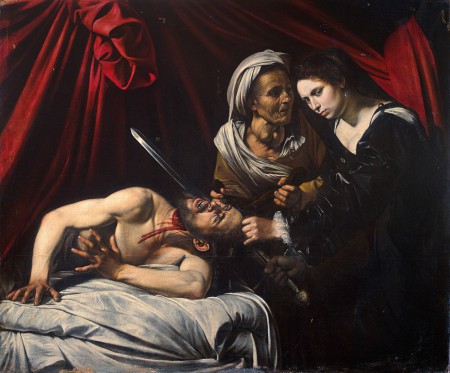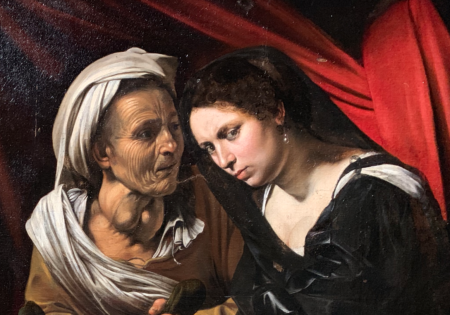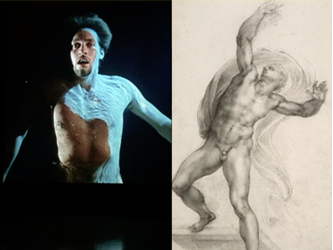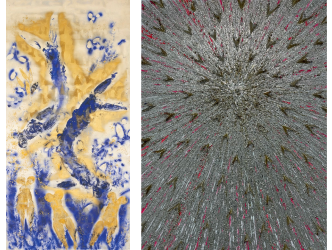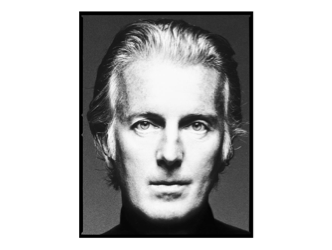Unknown
Imagine an absurd situation where there’s a canvas measuring 144cm x 173cm whose author remains unknown, whose sale price also remains unknown, and whose buyer’s identity isn’t really known either. This mass of mysteries has been the subject of intense international media coverage in recent weeks.
Auction
On 27 June an auction was due to take place in Toulouse in the south of France with the sale of a painting made in Italy at the turn of the 16th and 17th centuries; a high quality work depicting the biblical scene of Judith beheading Holofernes.
Eric Turquin
It was declared to be a Caravaggio five years ago by the French expert Eric Turquin, with the lukewarm endorsement of the curator of Old Masters paintings at the Metropolitan Museum in New York Keith Christiansen, but this authorship has been rejected by numerous international experts (cf the report).
The aura of Caravaggio
Of course, the aura surrounding the figure of Caravaggio increases the value of the painting – if it is by him – to around one hundred million euros.
Private deal
Two days before the auction, on 25 June, Turquin’s company announced that a private transaction had taken place in secret and they would not reveal anything about the identity of the buyer or the amount it sold for, apart from the fact that it would be leaving French soil.
The buyer?
Carole Blumenfeld of the Gazette Drouot in Paris, followed by the New York Times, quickly pointed to an American collector, J Tomilson Hill, who may have acquired the painting. Tom Hill made his fortune working for the investment firm Blackstone.
J Tomilson Hill
I contacted him on Friday and he responded immediately: “I’m not commenting on this speculation in the press.”
Tom Hill is not your typical collector. He’s particularly friendly and approachable. I met him in 2017 with his wife Janine during the Art Basel Hong Kong fair where he was exhibiting a group of 10 paintings at a city gallery by the contemporary conceptual painter Christopher Wool.
Old and contemporary masters
He told me that he was collecting both Old Masters and contemporary art in the spirit of in-depth research driven by one watchword: “what he likes”.
In 2014 he also exhibited his Renaissance bronzes at the Frick Collection in New York.
Pontormo
During the interview he proudly showed me one of his most controversial and media-covered acquisitions, made in 2015: “Portrait of a Young Man”, a painting by the Italian Renaissance master Jacopo Pontormo (1494-1557). Cost of the operation: 30.7 million pounds, according to the British press. It belonged to the collection of the Earls of Caledon of Northern Ireland. In 2017 the British government refused to grant the painting an export licence. The canvas was barred from leaving Great Britain for 10 years.
Conclusions
-If Tom Hill didn’t buy Judith and Holofernes why wouldn’t he simply say so?
The painting didn’t leave France when the potential buyer was announced.
His experience with the Pontormo painting may have generated a certain distrust with regards to national institutions and the media.
At the same time we might point out that all these rumours surrounding the Caravaggio provide excellent promotion for his foundation, which he set up with his wife, and which opened on 28 January this year.
Don’t rush to visit. It’s closed all summer. (http://www.hillfoundationscholarships.org/)
-The gamble of French expert Eric Turquin, who wanted to reach the hundred million euro mark, has most likely not paid off. If he sold the painting in a private transaction it would be because, logically speaking, he would have only had one potential buyer for an appropriate – and far lower – sum. At the same time, Turquin’s powers of persuasion have now landed him a degree of international renown which he didn’t have before now.
Support independent news on art.
Your contribution : Make a monthly commitment to support JB Reports or a one off contribution as and when you feel like it. Choose the option that suits you best.
Need to cancel a recurring donation? Please go here.
The donation is considered to be a subscription for a fee set by the donor and for a duration also set by the donor.

